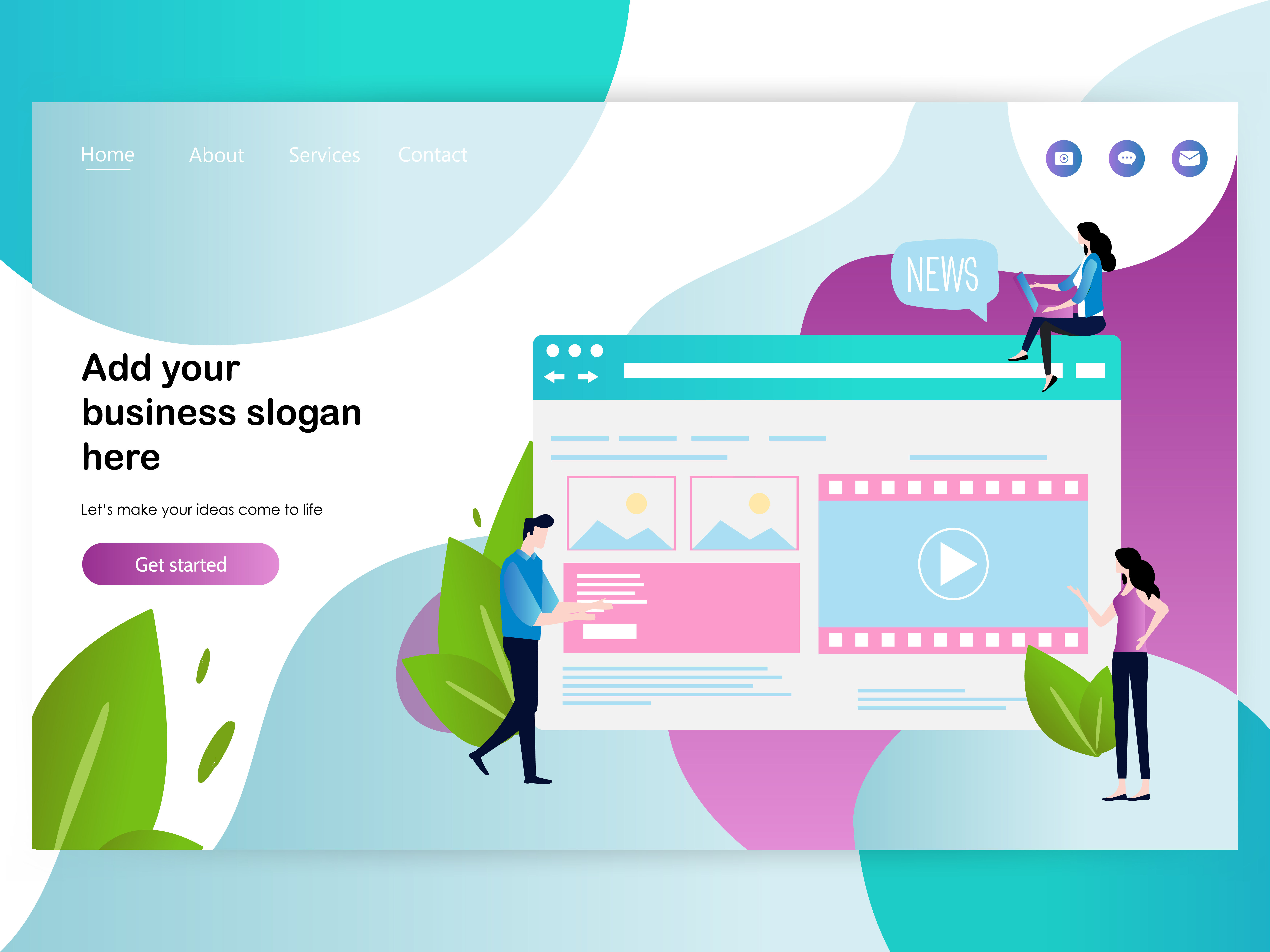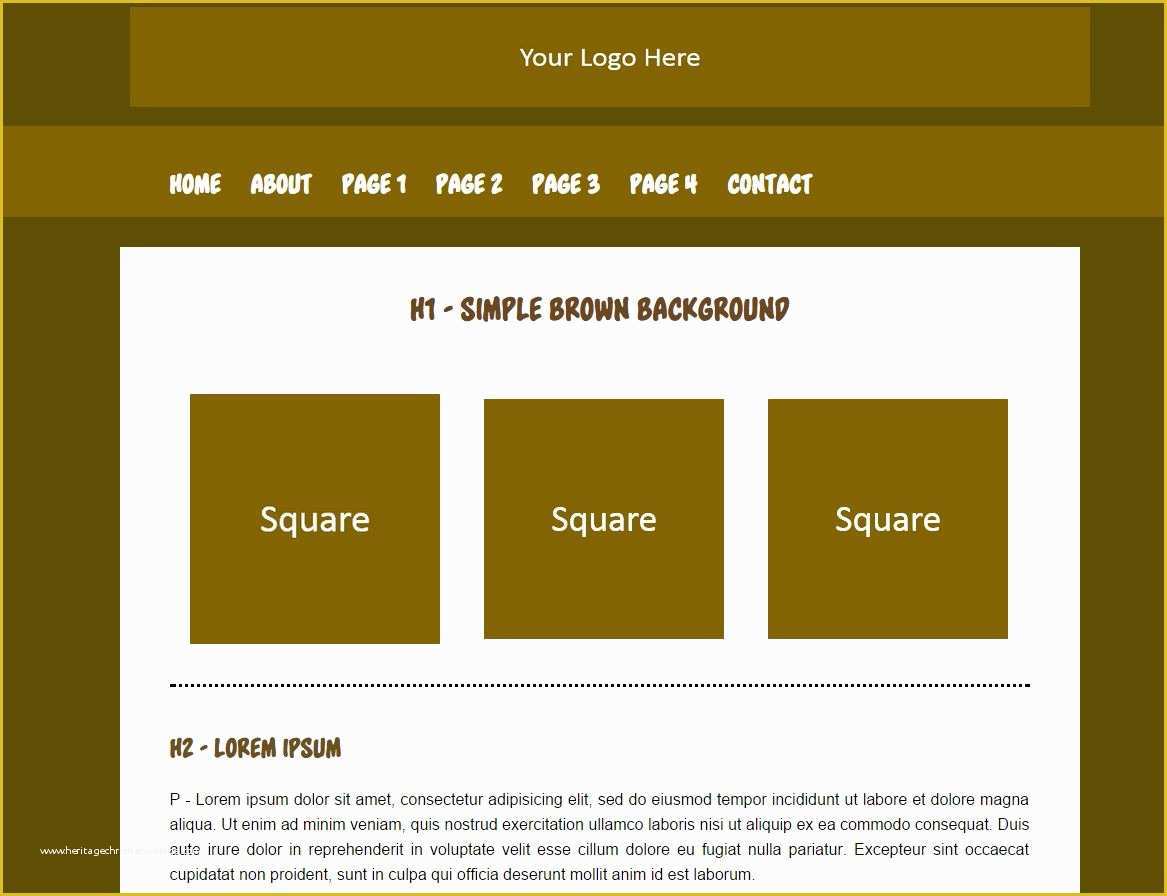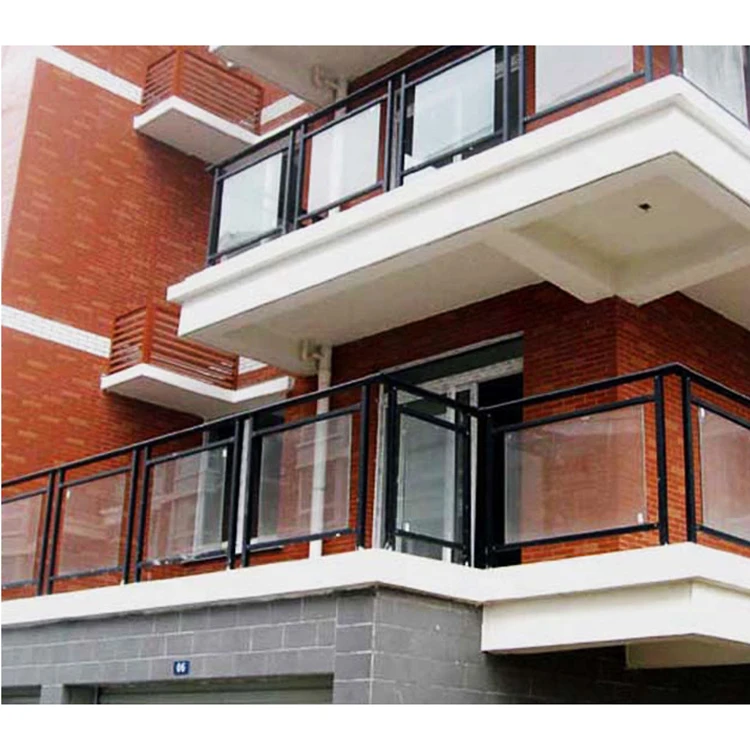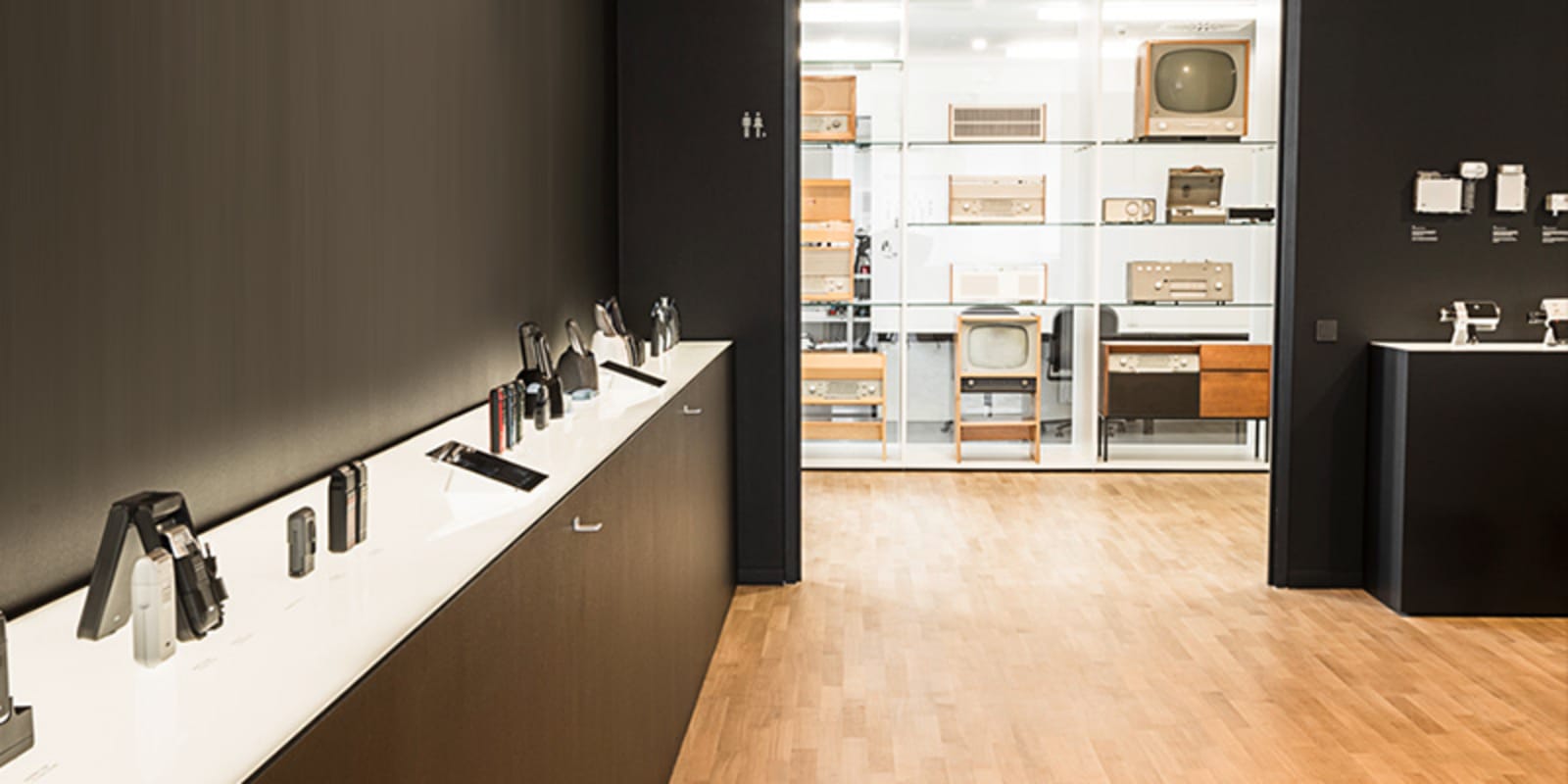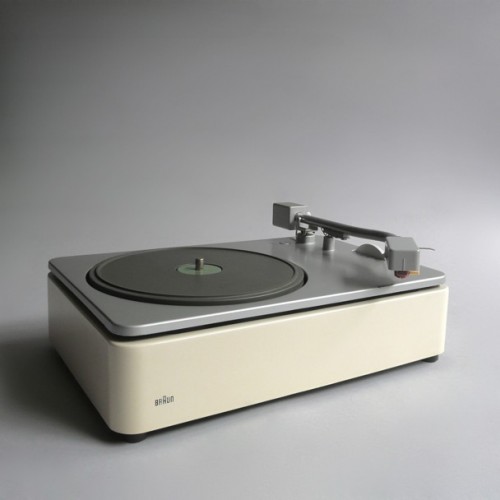Table Of Content

Additionally, design systems prevent silos from happening, which is when individual teams create their own work without input from other teams. This will strongly impact brand consistency across all channels, products, and services. A design system can help boost the collaboration and productivity of an entire organization, improving workflows. These provide documentation on brand language and tone as well as any visuals. They guide users on how to use the design system and implement elements contained within it. A highly effective design system provides content and branding guidelines for marketing and social media teams.
Mass Production (MP)

SIGMA Corporation is pleased to announce the upcoming launch of interchangeable lenses for Canon RF Mount system. This addition allows users to enjoy high performance, and high quality SIGMA lenses in native mount on their Canon RF Mount system. Esper provides next-gen device management for company-managed hardware. These constraints define the limits within which the system can operate. Typical constraints include financial constraints, technical constraints, and time constraints, which are important in guiding program development and operation. Differentiates real visitors from automated bots, ensuring accurate usage data and improving your website experience.
Types of Documentations
Adopting a more proactive approach, like regular interval testing or post updates, is better for catching and correcting issues early. Note that standard flowchart shapes have been used in the diagram (terminators, processes, decision). If they find the data, it will immediately be returned to the client. When this happens, the client obtains data from the main memory and stores it in the cache. HTTP and REST are important concepts and considerations for client-server communication in system design.
Basics of Outsourcing to a Mobile App Development Agency
In this video, Michal Malewicz gives some guidelines on typography on interfaces. A similar set of guidelines might be a part of a design system to ensure all designers and developers use the same styles. Ideally, elements of a design system are code pieces developers can use in interfaces. In other cases, they are design elements in prototyping tools for designers to reuse. Design systems extend beyond visually driven tools; they apply to voice-controlled systems, too.
Functional Requirements
It can be used as a collaborative tool and create a unified language across all teams to communicate and work with. A design system is centralized documentation of all the different user interface components for designers and developers to reuse in their designs. It looks like an exhaustive library consisting of documentation, your brand’s style guide, and design components such as banners, buttons, headers, icons, and imagery. I’d like to first admit that I don’t identify myself as having systems design experience except that in my experience creating design systems, I often need to connect parts to create a larger system. This is the basis for the role of engineers with system design skills. An engineer who works on a design system typically has some interest in visual design and/or user experience.
Building Systems for Success: Key Considerations for Youth Apprenticeship System Design - National Governors Association
Building Systems for Success: Key Considerations for Youth Apprenticeship System Design.
Posted: Wed, 22 Nov 2023 08:00:00 GMT [source]
Key Concepts in System Design
There are many tools available for testing different aspects of a design system. A comprehensive design system audit requires a cross-functional team with different expertise. In contrast, smaller or more specific tests may only need one or two specialists. Here are some scenarios and intervals organizations might consider testing a design system. The names of your components should be descriptive so that people can easily understand what they do. For example, a button component named button-primary would be more descriptive than a button component named button-1.
Advantages of Design Systems
System design is crucial in software engineering because it lays the foundation for a successful and efficient development process, ultimately leading to a high-quality and user-friendly product. So, let’s take a closer look at what system design entails and why it plays an essential role in the world of software engineering. Your products and services will lead to better, more enjoyable user experiences.
Once complete, the CAD files are forwarded to fabricators or mechanical engineers to produce the prototypes of the mechanical components. They contain live components and active parts that move through space over time. Hardware development requires considering a range of material, electrical and mechanical parts, which are all accounted for in the design process.
Questions related to Design Systems
User documentation is valuable in training users and for reference purpose. It must be clear, understandable, and readily accessible to users at all levels. It produces the working system by defining the design specification that specifies exactly what the candidate system does.
Errors and inconsistencies left unchecked can quickly compound into bigger issues for product teams and end-users. Some teams choose to create their own design system from scratch, while others choose to use a pre-existing design system. There are also a number of tools available to help teams create and manage design systems. This is an area oft-overlooked, and one that leads to significant problems and technical debt if not done properly. With that disclaimer out of the way, let’s move on to the example.
It emphasizes building from the ground up, allowing system designers to address specific functionality and implementation details before integrating the components. Encapsulation refers to the bundling of related data and functionality into a single unit. By encapsulating data and methods together, system designers can protect the internal workings of the modules and provide a clear interface to interact with other components. Encapsulation enhances security, reusability, and ease of maintenance. During this phase, the system designers gather and document the requirements of the stakeholders.





